Iceland’s Reykjanes Peninsula is once again making headlines as a volcanic eruption threatens the area. Known for its volcanic activity, this region has seen increased seismic movements, raising concerns about potential eruptions. Iceland’s unique position on the Mid-Atlantic Ridge makes it a hotspot for such events.
The Reykjanes Peninsula, located in southwest Iceland, is known for frequent volcanic activity.
A Threat to Nearby Communities
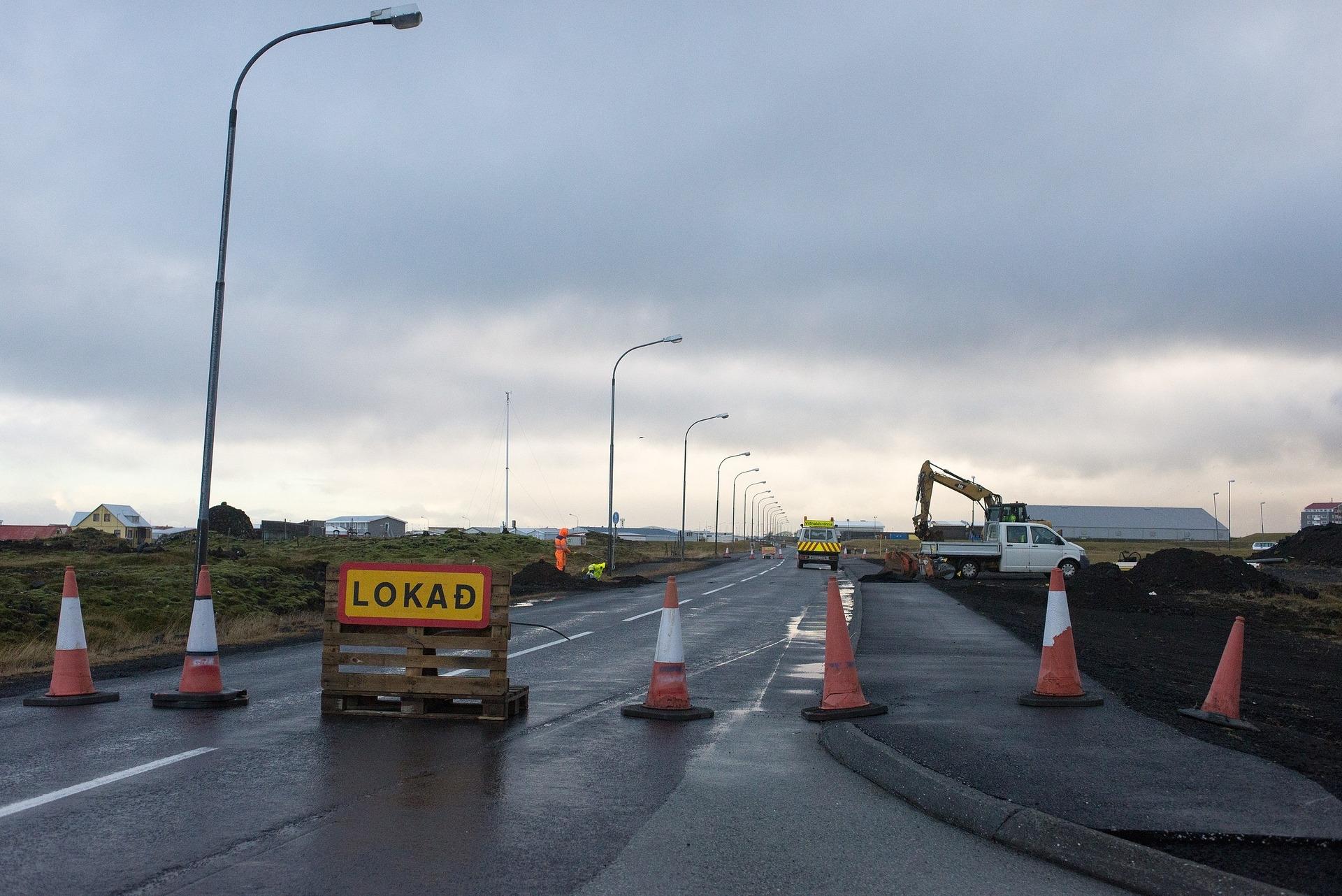
The latest eruption poses a significant threat to nearby communities, particularly in the town of Grindavik. Residents have been put on high alert as authorities closely monitor the situation. Iceland’s Civil Protection Agency has been preparing for possible evacuations and other emergency measures.
Grindavik, a town near the volcano, is under close watch as the eruption intensifies.
A Volatile Region: The Mid-Atlantic Ridge
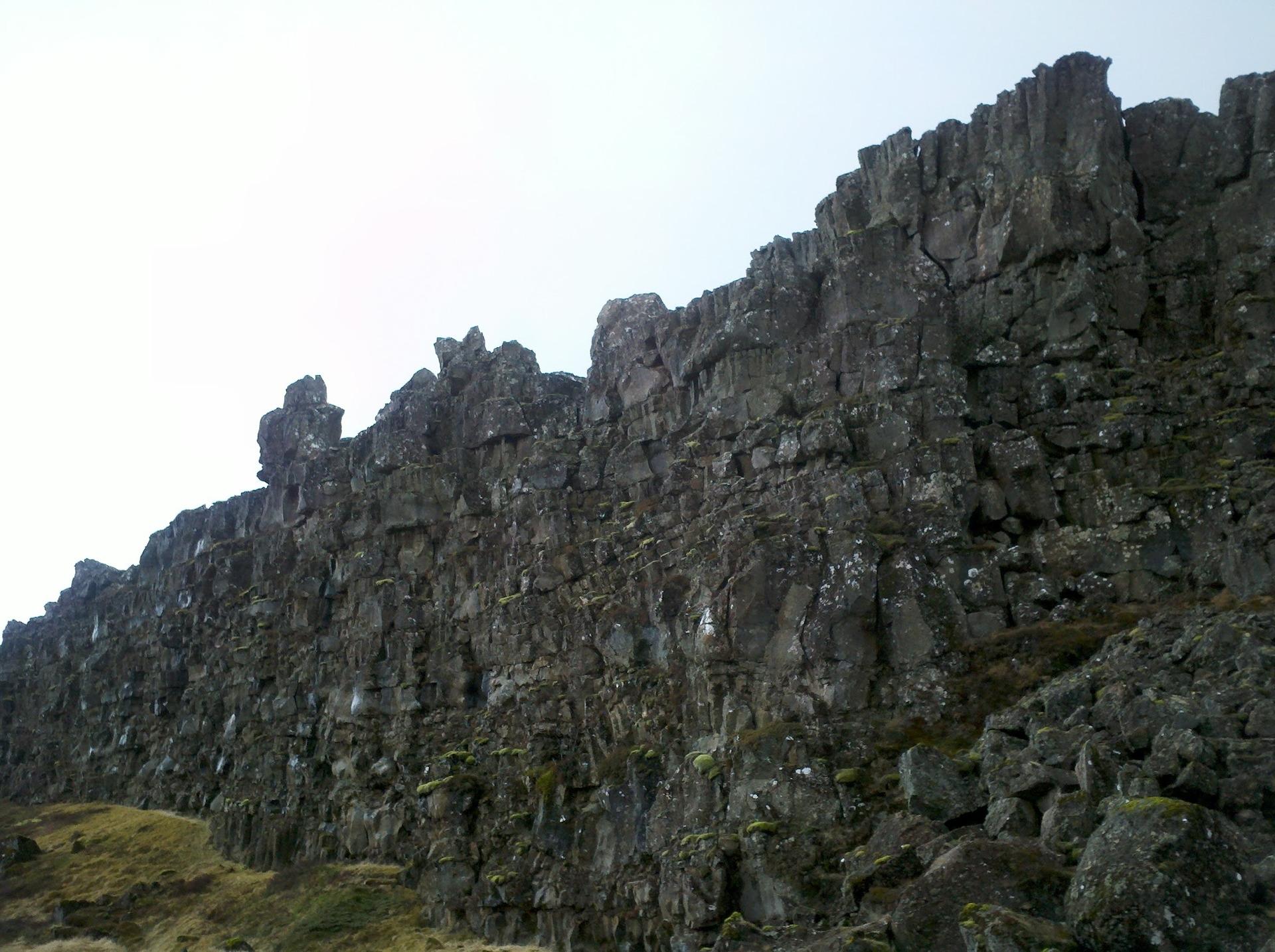
Iceland’s location on the Mid-Atlantic Ridge means it sits atop two diverging tectonic plates. This geological feature makes the region highly prone to volcanic activity, with magma from the Earth’s mantle constantly pushing to the surface.
The Mid-Atlantic Ridge makes Iceland one of the most geologically active places in the world.
Volcanic Eruptions: A Regular Occurrence
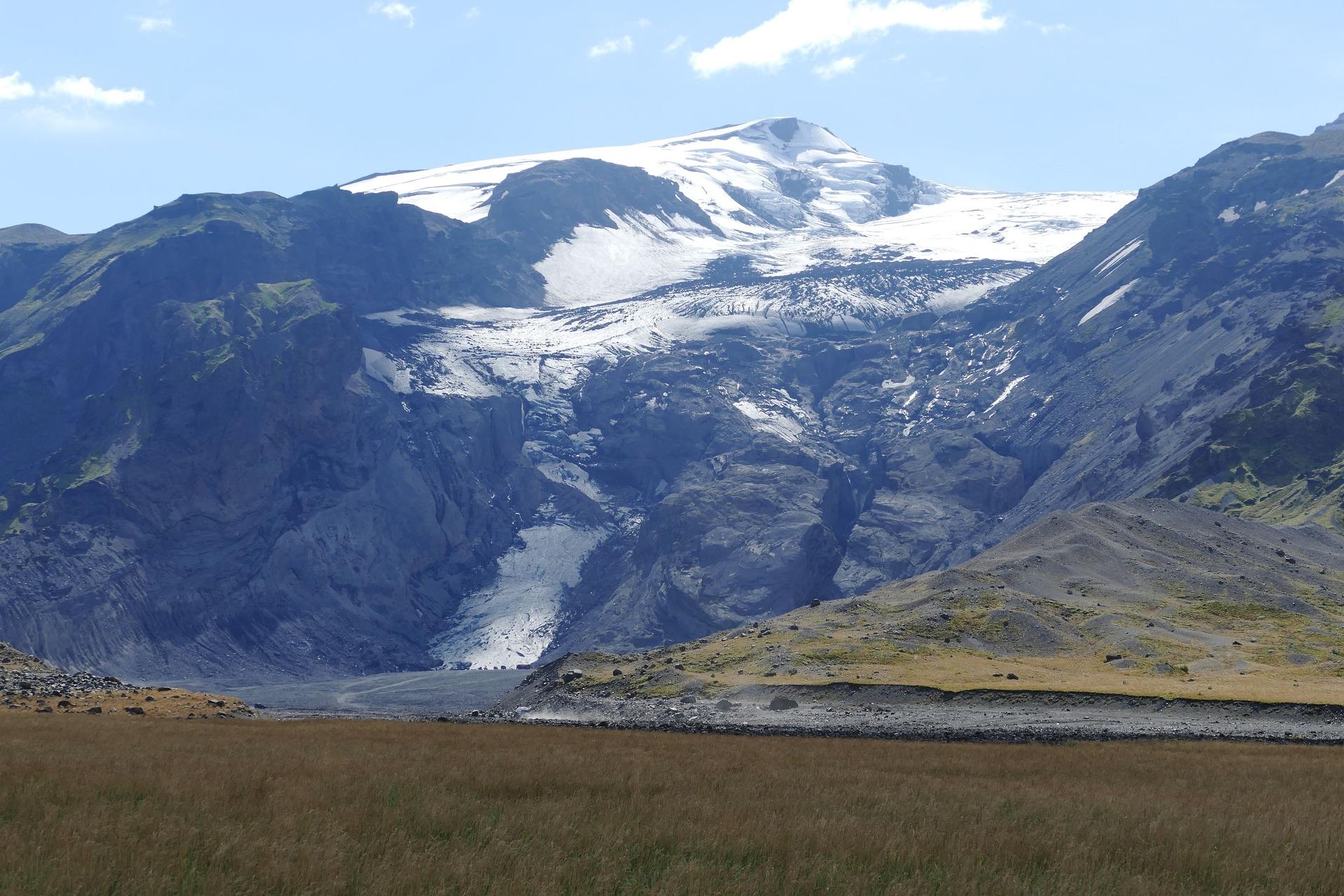
Volcanic eruptions in Iceland are not rare. In fact, the country sees frequent eruptions, some of which significantly impact local communities and air travel. The 2010 eruption of Eyjafjallajökull, for instance, caused massive disruption to European air traffic, a reminder of the far-reaching effects of these natural events.
Iceland’s eruptions, like that of Eyjafjallajökull in 2010, can have wide-ranging impacts.
Impact on Air Travel

Volcanic eruptions can spew ash high into the atmosphere, which poses a significant risk to air travel. Airlines and aviation authorities are keeping a close eye on the current eruption, ensuring that flight paths are adjusted to avoid any potential danger from ash clouds.
Volcanic ash can disrupt air travel, leading to grounded flights and altered flight paths.
Iceland’s Preparedness for Natural Disasters
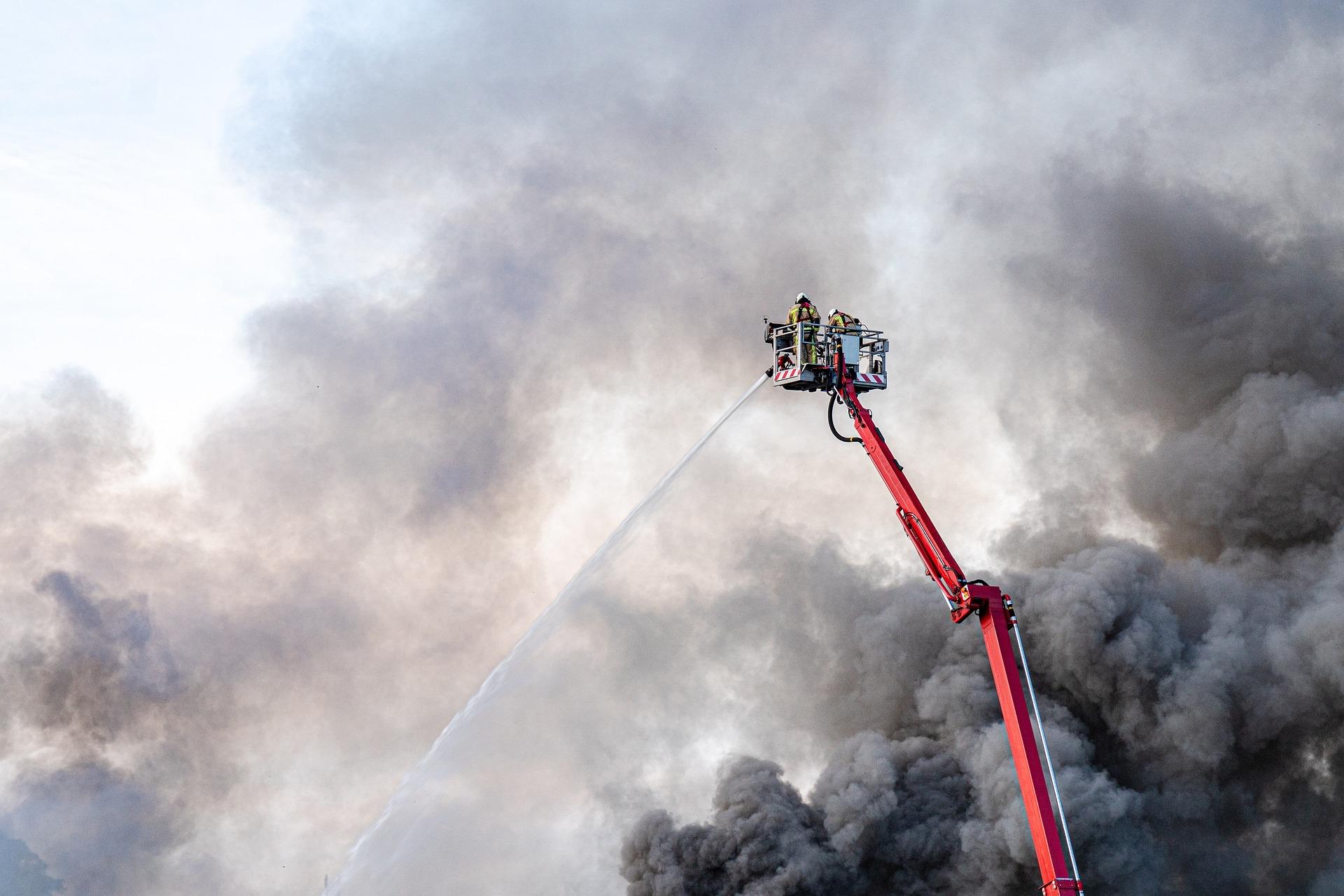
Iceland is well-prepared for such natural disasters. The country has advanced monitoring systems and emergency response protocols in place to handle volcanic eruptions. Civil authorities routinely conduct drills and have a well-coordinated response strategy to protect lives and property.
Iceland’s robust emergency response system ensures rapid action during natural disasters.
Economic Impact of Volcanic Eruptions
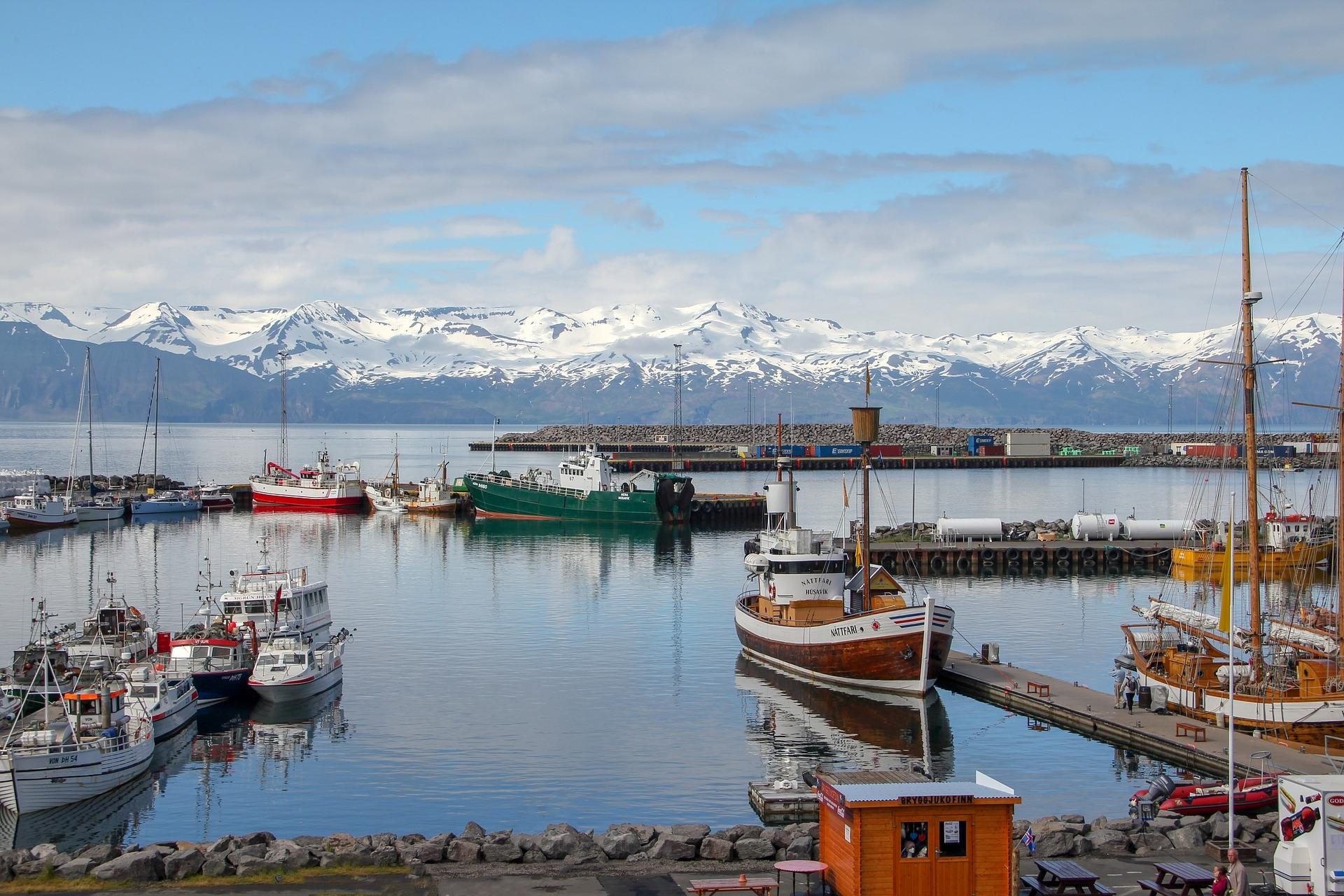
Volcanic eruptions in Iceland can have a significant economic impact, particularly on tourism. With the country being a popular destination for visitors seeking its natural beauty, including its volcanoes, eruptions can lead to a temporary decline in tourism, affecting the local economy.
The tourism industry in Iceland can be heavily impacted by volcanic eruptions.
Volcano Tourism: A Double-Edged Sword

Interestingly, Iceland’s volcanic activity also attracts tourists. Volcano tourism is a growing industry, with visitors flocking to the country to witness these awe-inspiring natural events. However, balancing safety with tourism opportunities remains a challenge for Icelandic authorities.
While volcanic eruptions pose risks, they also draw tourists eager to witness nature’s power.
Ongoing Monitoring and Future Predictions
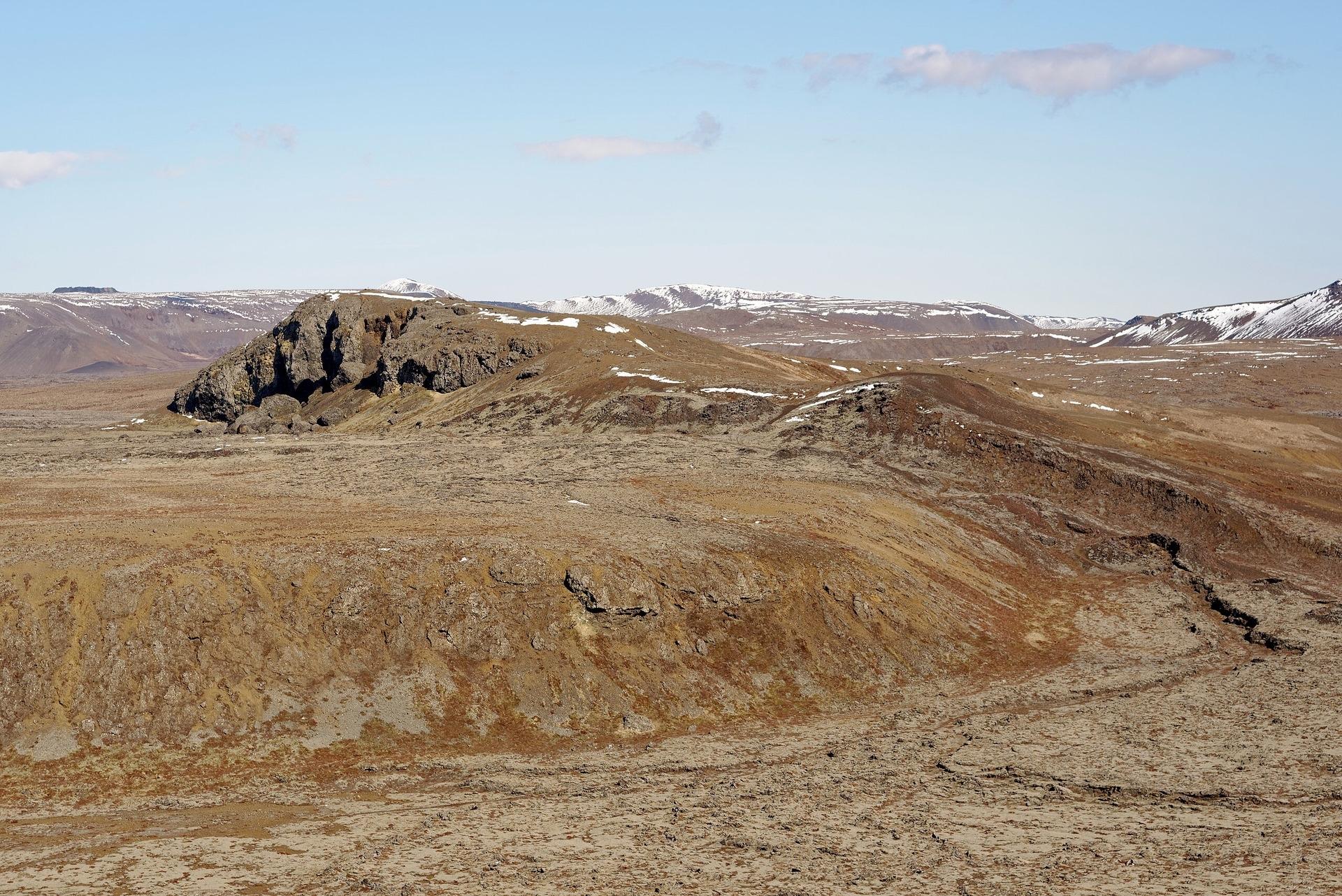
Scientists are continuously monitoring the Reykjanes Peninsula for any changes in volcanic activity. Predicting the exact timing of eruptions remains difficult, but Iceland’s experts are using advanced technology to track seismic activity and magma movements, providing valuable data to guide response efforts.
Icelandic scientists use cutting-edge technology to monitor and predict volcanic activity.
A Land Shaped by Fire and Ice
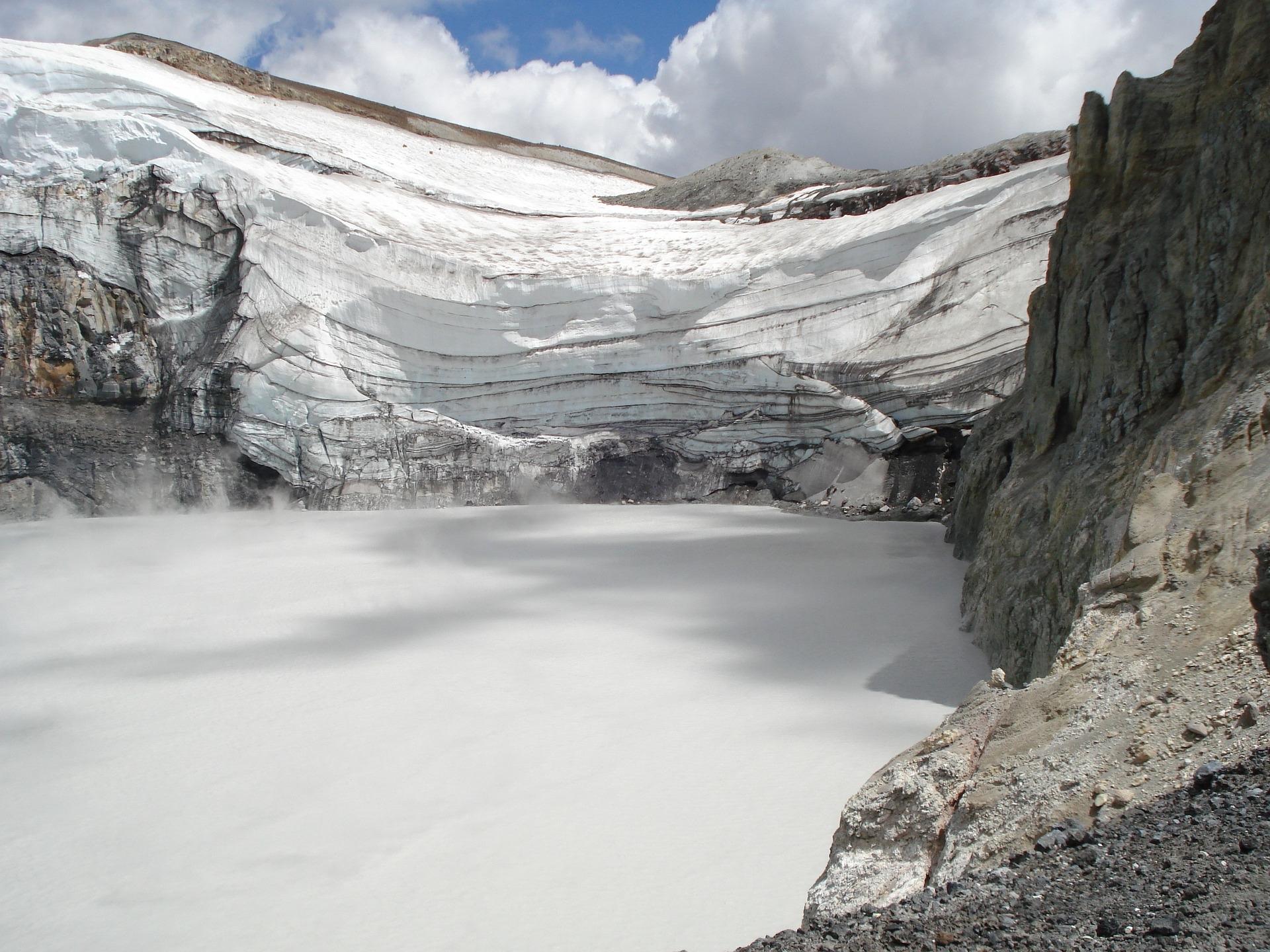
Iceland’s unique geological landscape is a testament to the powerful forces of nature. As eruptions continue to shape the land, Iceland remains a place where fire and ice coexist, creating a dynamic environment that both fascinates and challenges those who live there.
Iceland’s landscape is a dramatic mix of fire from its volcanoes and ice from its glaciers.

